Knot-tying is an essential skill for any outdoor enthusiast, particularly when it comes to setting up a tent. The right knot can make the difference between a sturdy, weather-resistant shelter and a flimsy, unstable one. When you’re out in the wilderness, your safety and comfort depend on the quality of your tent setup, and this is where your knot-tying expertise comes into play. In this article, we will explore the significance of knots in camping and identify the most useful knot for securing your tent, along with its versatile applications.
What Makes a Good Tent Setup Knot?
The ideal knot should possess a combination of characteristics that ensure both convenience and reliability, especially when you choose a good tent.
1. Being Easy to Use
The knot should be quick and simple to tie and untie, even for beginners. You don’t want to waste time struggling with complicated knots, especially in bad weather or low light.
2. Holding Tension Well
A good tent knot must keep a tight hold on guylines and anchor points, even in strong winds or heavy rain. It shouldn’t slip or loosen over time, which could make your outdoor tent unstable.
3. Working with Different Ropes
The ideal knot should work well with various types and thicknesses of rope, from thin nylon guylines to thicker polyester ropes. This versatility is important since you may use different ropes for camping.
4. Staying Strong in All Weather
Your knot should stay reliable in both wet and dry conditions. It must maintain its strength and not deteriorate or become hard to untie when wet. This is crucial for your safety and convenience in any outdoor setting.
6 Popular Knots for Securing the Tent
When setting up a tent, campers have a variety of knots to choose from, each with its own strengths and weaknesses.
1. Square Knot
The square knot, also known as the reef knot, is a simple and dependable knot used for joining two ropes of similar thickness. Its symmetrical design allows it to hold firmly under tension, making it a popular choice for securing tent guylines or tying down loose ends.
2. Bowline
The bowline is a versatile and trustworthy knot that forms a secure loop at the end of a rope. Renowned for its stability and ease of tying, the bowline is an excellent option for attaching guylines to tent stakes or anchor points.
3. Sheet Bend
The sheet bend is a valuable knot for connecting two ropes of different diameters. Its unique design allows it to maintain a strong hold even when the ropes are of varying thicknesses, making it useful for joining guylines or extending shorter ropes.
4. Two Half Hitches
Two half hitches is a straightforward knot that consists of two consecutive half hitches tied around an object. This knot is easy to tie and provides a secure hold, making it ideal for attaching guylines to tent stakes or tying off loose ends.
5. Clove Hitch
The clove hitch is a multi-purpose knot that can be tied around a pole or stake. Its adjustable nature allows you to easily tighten or loosen the knot as needed, making it perfect for securing guylines or creating adjustable loops.
6. Taut Line Hitch
The taut line hitch is a favorite among outdoor enthusiasts for its adjustable properties. This knot enables you to quickly tighten or loosen your guylines without untying the knot, making it ideal for fine-tuning your tent’s tension as weather conditions change.
Each of these knots has its strengths and weaknesses, and the best choice often depends on the specific situation at hand. In the following sections, we’ll take a closer look at the bowline knot and compare it to the other contenders to determine which one truly shines as the most useful for tent setup.
Which Knot Is Most Useful for Setting up a Tent?
If you’re looking for the most useful and versatile knot for setting up a tent, look no further than the bowline. This exceptional knot combines strength, stability, and ease of tying, making it an essential tool for any camper or outdoor enthusiast.
The bowline’s ability to create a secure, fixed loop is invaluable in tent setup. It can be used to attach guylines to tent stakes, ensuring a stable anchor point that won’t slip or loosen over time. This is particularly important in windy or challenging weather conditions, where a reliable knot can make the difference between a sturdy shelter and a collapsed tent.
In addition to its usefulness in securing guylines, the bowline is also an excellent choice for creating fixed loops to hang gear inside your tent. Whether you need to suspend a lantern, organize your belongings, or create a makeshift clothesline, the bowline’s strong and stable loop is up to the task.
Another advantage of the bowline is its simplicity. With just a few easy steps, anyone can learn to tie a bowline quickly and efficiently. This is especially valuable in low-light conditions or when your hands are cold and wet, as you don’t want to struggle with a complicated knot when setting up your shelter.
When Other Knots Outperform the Bowline
While the bowline is a go-to knot for many tent setup tasks, there are situations where other knots from our list may be more suitable. Let’s explore some scenarios where these alternative knots could outperform the bowline.
1. Joining Equal Ropes: The Square Knot’s Domain
When you need to join two ropes of equal diameter, the square knot is often a more efficient choice than the bowline. Its quick tying method and secure hold make it ideal for connecting guylines or creating loops for hanging gear.
2. Adjustable Tension: The Taut-Line Hitch’s Territory
If adjustable tension is your top priority, the taut-line hitch is the way to go. Unlike the bowline’s fixed loop, the taut-line hitch allows you to easily tighten or loosen your guylines without untying the knot, making it perfect for fine-tuning your tent’s tension in changing weather conditions or on uneven ground.
3. Quick Adjustments: Two Half Hitches to the Rescue
When speed is of the essence, two half hitches can be a better option than the bowline. This simple knot is fast to tie and untie, even with cold or wet hands, and it provides a secure hold on tent stakes or guylines. In situations where you need to make rapid adjustments to your tent setup, two half hitches can save valuable time.
4. Versatility in Attachment: The Clove Hitch’s Strength
The clove hitch is a versatile knot that can be tied around a pole or stake, making it an excellent choice when you need to secure guylines or create adjustable loops. Its ability to be easily tightened or loosened as needed sets it apart from the bowline’s fixed loop design.
While the bowline is an exceptional all-purpose knot, it’s essential to recognize that other knots may be better suited for specific tent setup tasks. By understanding the strengths and weaknesses of each knot, you can choose the best one for the job at hand, ensuring a secure and stable shelter in any condition.
Master the Art of Tent Knots
Knot-tying is a crucial skill for any outdoor enthusiast, and mastering the right knots can make all the difference in your tent setup. While the bowline stands out as the most versatile and useful knot, it’s important to familiarize yourself with a variety of knots to tackle different situations. Whether you need to join equal ropes, adjust tension, make quick modifications, or create versatile attachments, knowing knots like the square knot, taut-line hitch, two half hitches, and clove hitch will ensure you’re prepared for any scenario. If you have any questions about it, you can contact manufacturer. Practice tying these knots regularly, and you’ll be ready to set up a secure and stable tent in any environment.





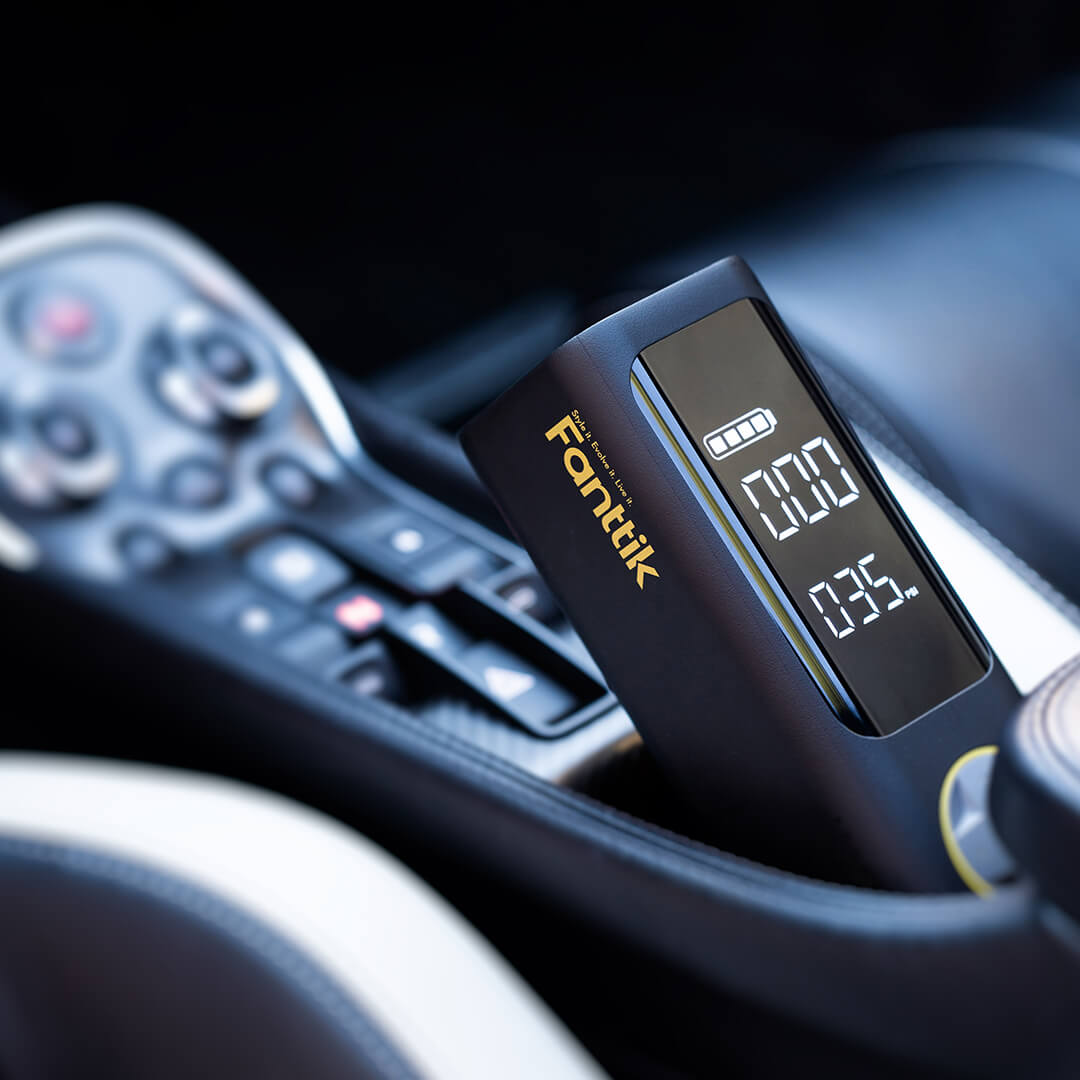
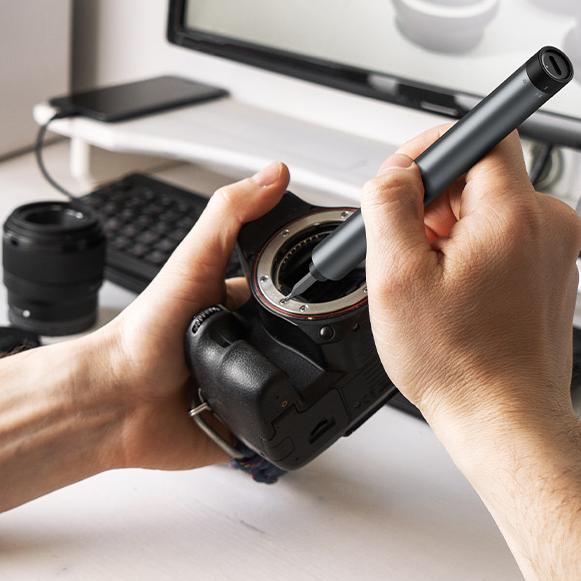



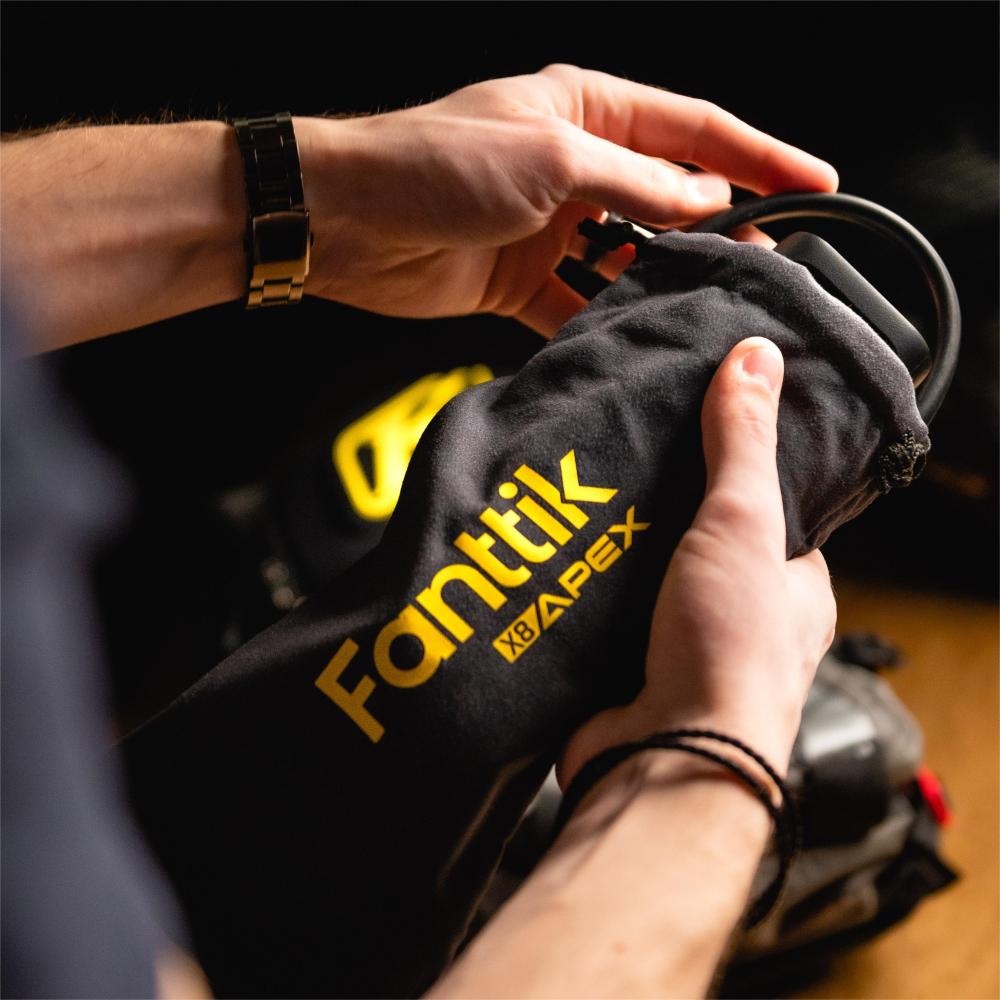

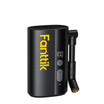
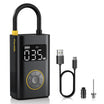
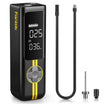
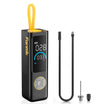
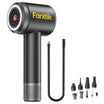

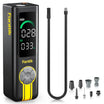
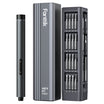
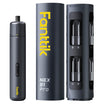
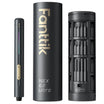
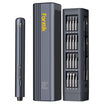
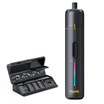
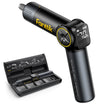
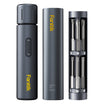
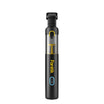
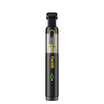
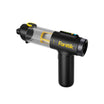
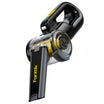
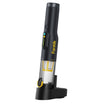
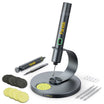
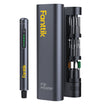
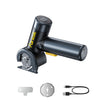
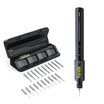
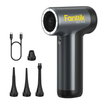

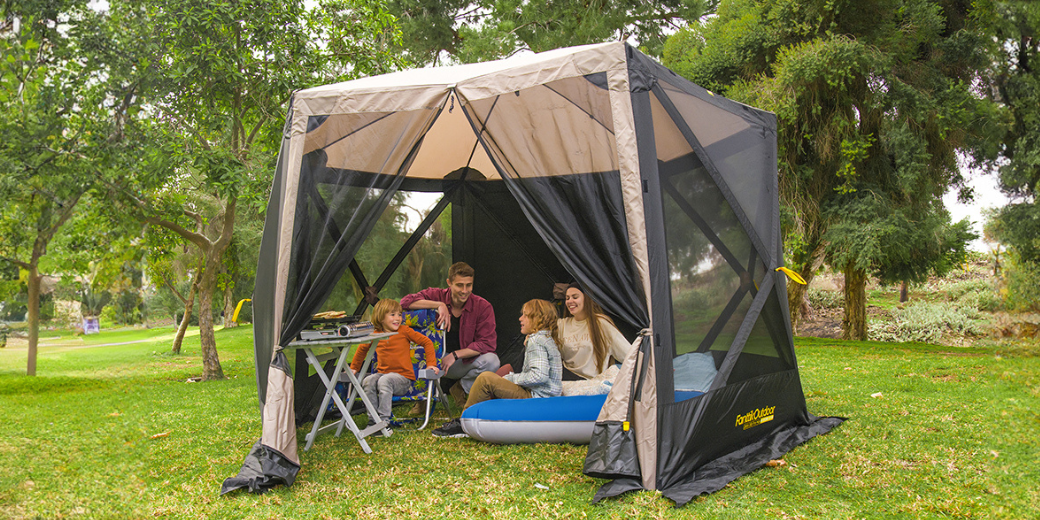

Leave a comment
This site is protected by hCaptcha and the hCaptcha Privacy Policy and Terms of Service apply.